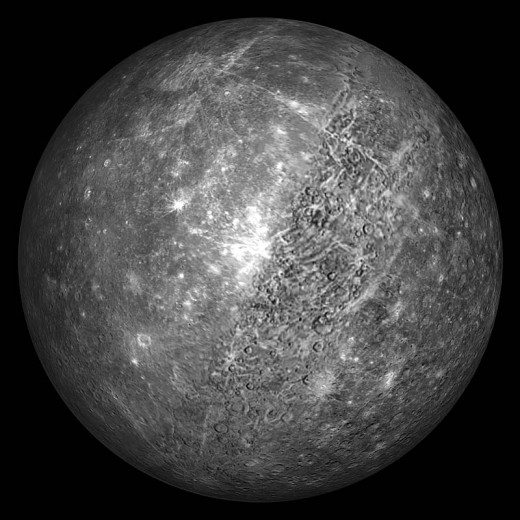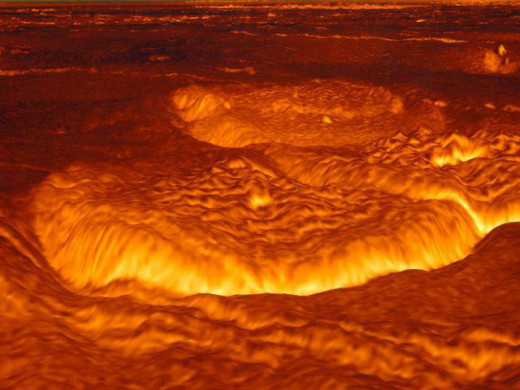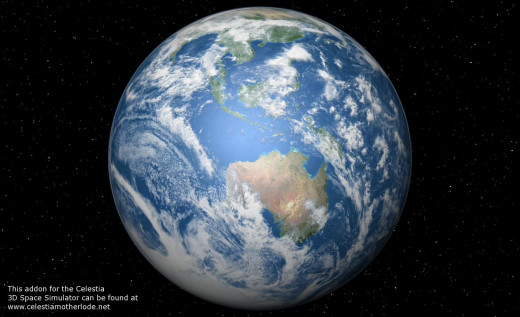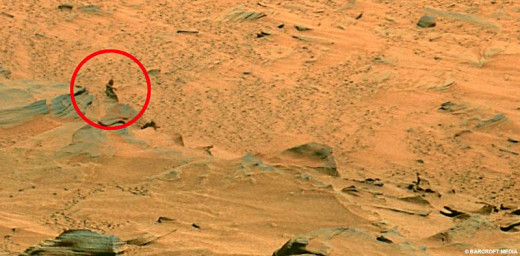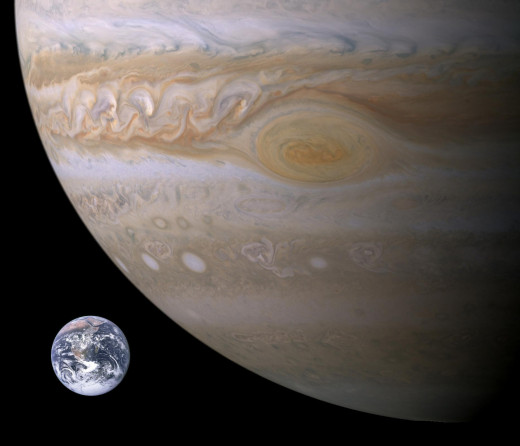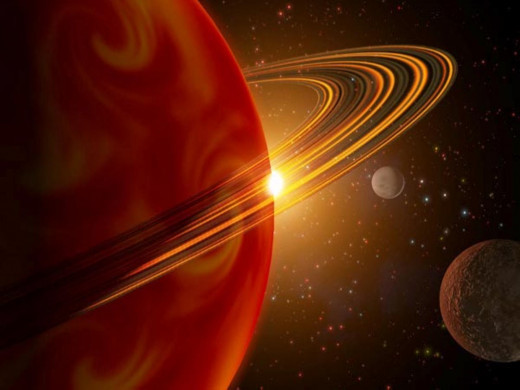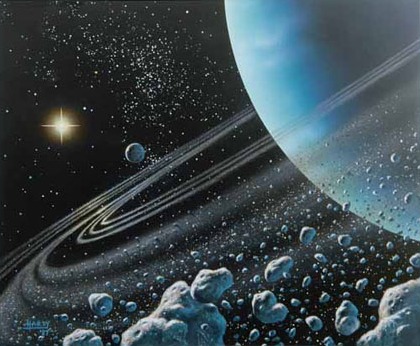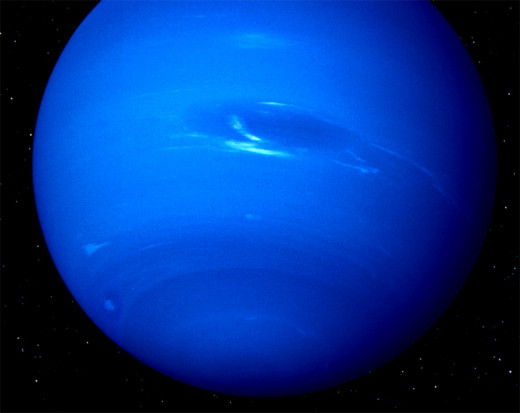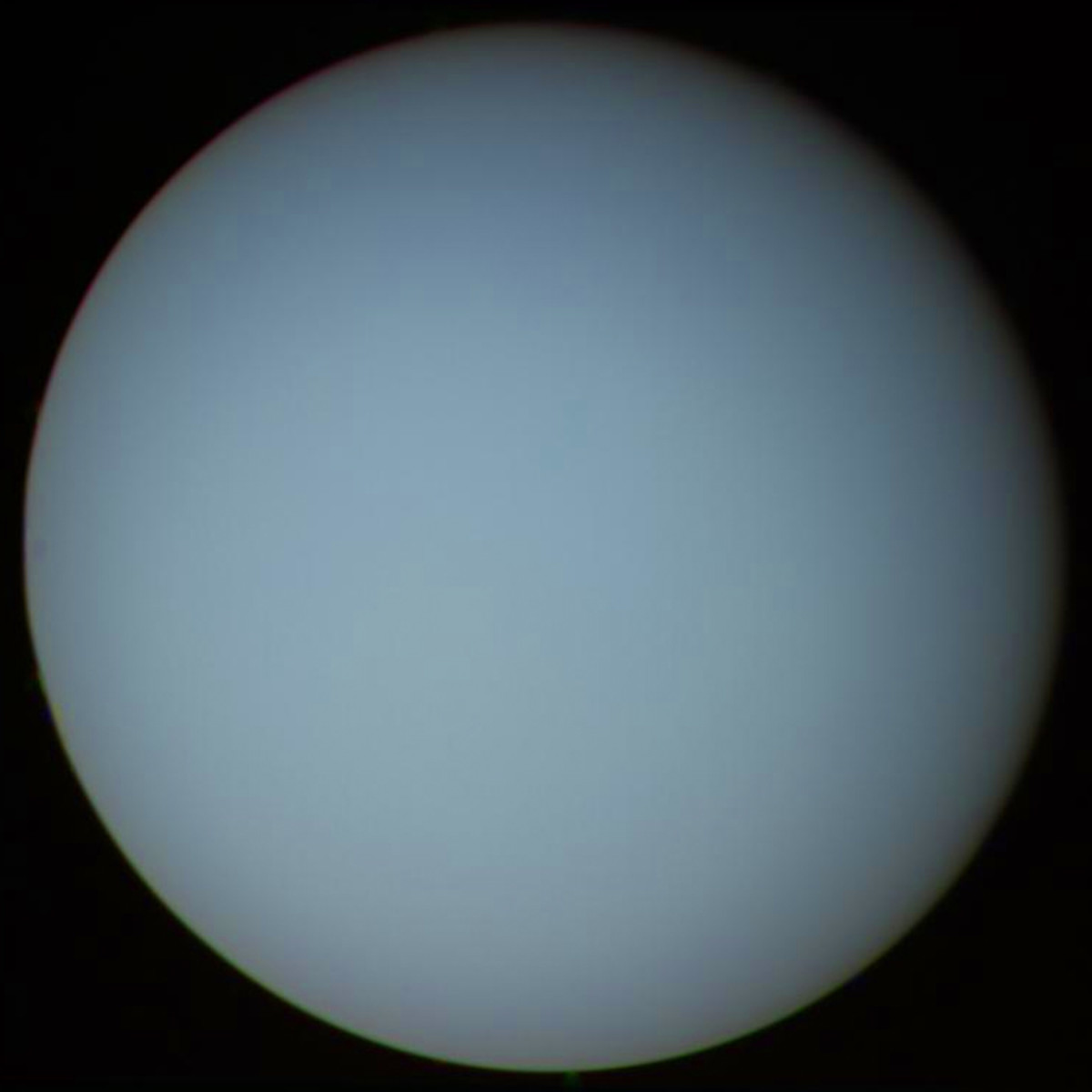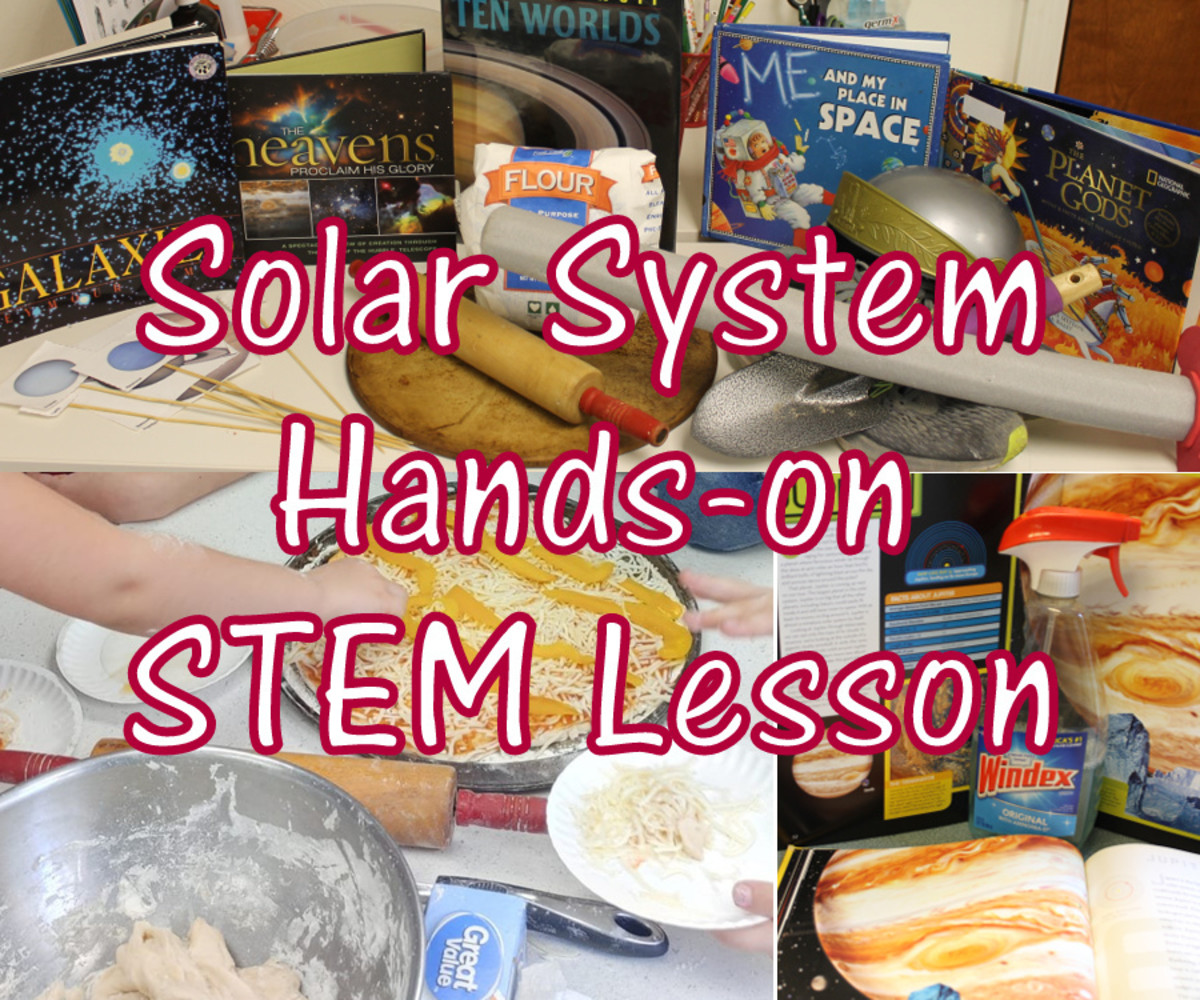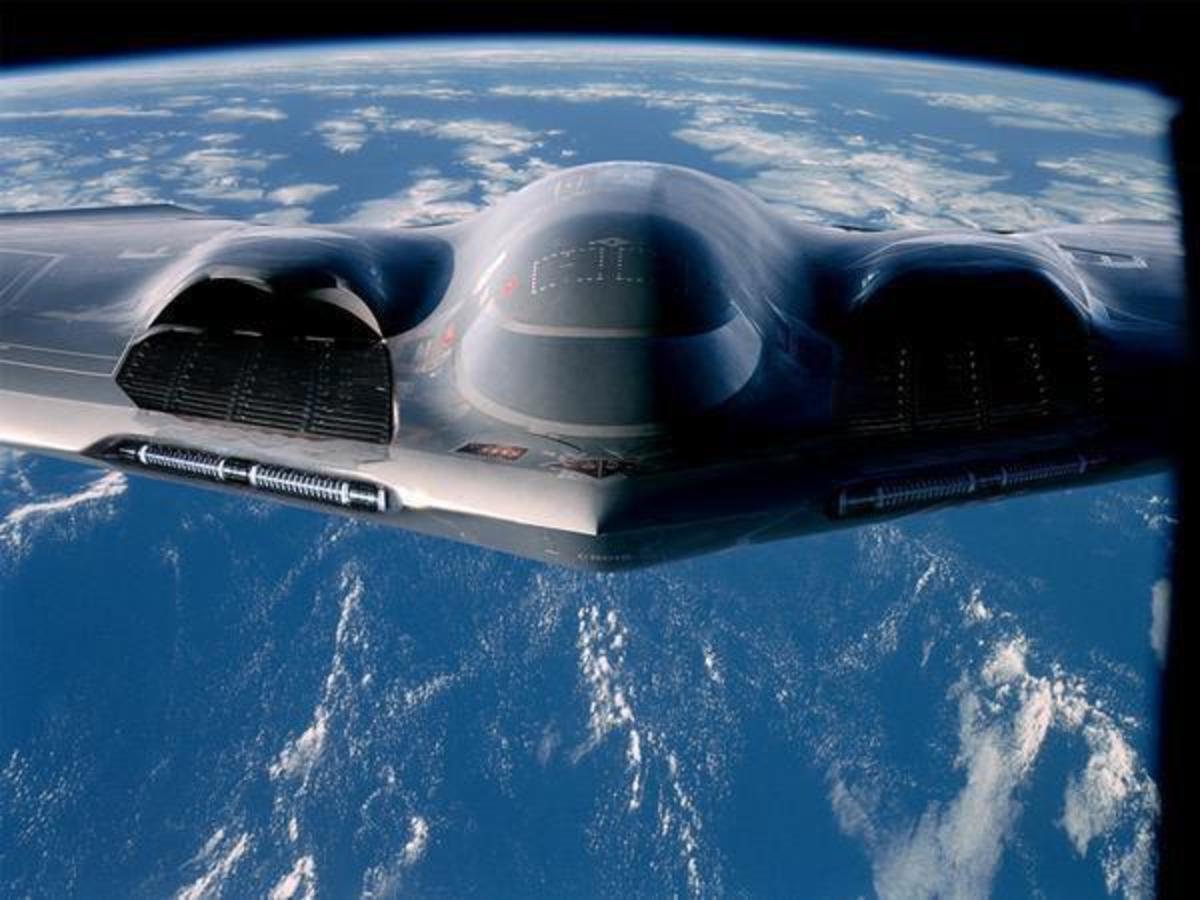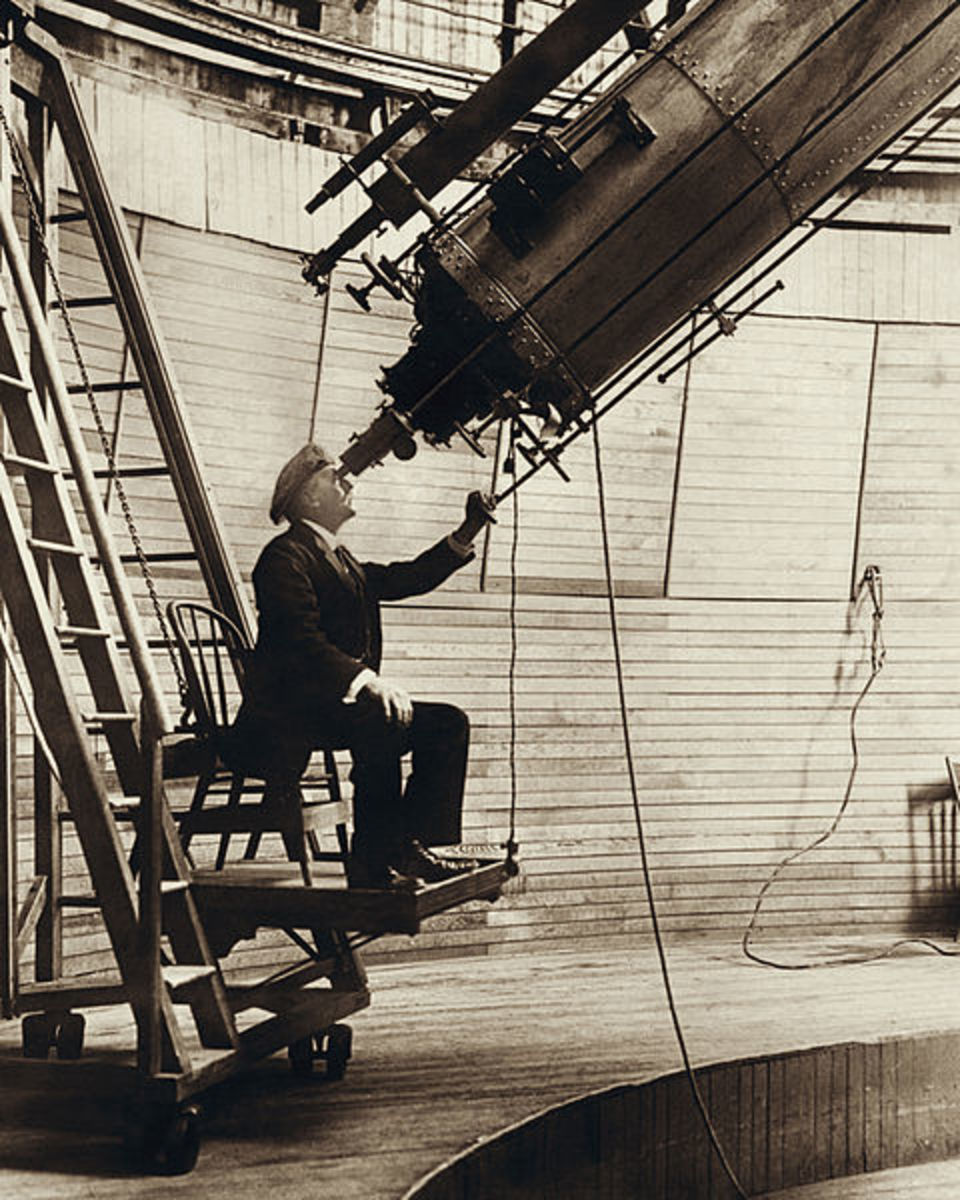our solar system-The mysterious things about our Universe
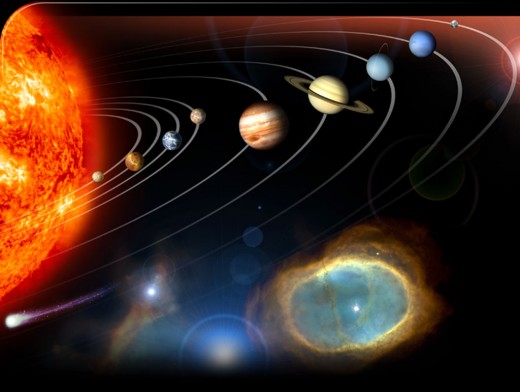

The Sun
Planet
| Distance(000km)
| Radius(KM)
| Mass(KG)
| Discover
| Date
|
|---|---|---|---|---|---|
Mercury
| 57,910
| 2439
| 3.30e23
| -
| -
|
Venus
| 108,200
| 6052
| 4.87e24
| -
| -
|
Earth
| 149,600
| 6378
| 5.98e24
| -
| -
|
Mars
| 227,940
| 3397
| 6.42e23
| -
| -
|
Jupiter
| 778,330
| 71492
| 1.90e27
| -
| -
|
Saturn
| 1,426,940
| 60268
| 5.69e26
| -
| -
|
Uranus
| 2,870,990
| 25559
| 8.69e25
| William Herschel
| 13 march 1781
|
Neptune
| 4,497,070
| 24764
| 1.02e26
| Johann Gottfried Galle
| 24 Sep 1846
|
Our Solar System
According to Nasa, Anything related to the sun is “Solar”. There are Many Planetary systems in the Universe and Our Solar is one of them. Our solar system is located in the outer spiral arm of the milky way galaxy.
The Solar system was formed 4.6 billion years ago. Sun is the star of our Solar system and The Mercury, Venus, Earth, Mars, Jupiter, Saturn, Uranus, and Neptune. Being primarily composed of rock and metal Mercury, Venus, Earth, and Mars are terrestrial planets and the other four are giant planets.
- Jupiter and Saturn are Gas giants planets
- Uranus and Neptune are Ice Giants Planets
- Pluto is categorized as a dwarf planet.
- Galileo has discovered that the sun is marked with sunspots.
General Knowledge
Which planet rotates fast on its orbit?
♦Jupiter
Which planet rotates slowly on its orbit?
♦Venus
Which planet is known as morning and evening star?
♦Venus
Which is the brightness planet of the solar system?
♦Venus
Which is the hottest planet of the solar system?
♦Venus
Which is the coldest planet of the solar system?
♦Pluto
Which is the Neighbor Planet of the earth?
♦Venus and mars
Which planet is known as Red star in the solar system?
♦Mars
Which planet is known as the sister of the earth in the solar system?
♦Venus
Which is the beautiful planet in the solar system?
♦Venus
Which is the largest spotted planet in the solar system?
♦Jupiter
Which planet is known as a blue planet in the solar system?
♦Earth
Which planet is known as a sleeping planet in the solar system?
♦Uranus
Which planets are known as twins in the solar system?
♦Earth and Venus
Which two planets rotate from east to west?
♦Venus and Uranus
How much time takes to, come the light of the sun and moon on the earth?
♦ 8 Minute and 1.25 Second.
In comparison to all planet which is big and which is small in solar system?
♦Jupiter and Mercury
Which planet is near and far from the sun?
♦Mercury and Pluto
The nearest star from the earth is the sun and after sun prosoma century is that star, now how much time takes to come the light of Proxima century on the earth?
♦4.5 years
Which is the brightest star of the cosmos?
♦Dogstar (Cyprus)
In one calendar year, how much eclipse can occur?
♦seven
In one calendar year, maximum how much solar eclipse can occur?
♦Five
Which planets rotate more in the solar system?
♦Mercury
Which planet rotates less in the solar system?
♦Pluto
Which is said as an ordinary star?
-The sun
What is the diameter of the sun?
- 1,390,000 km
What is the Mass of the sun?
-1.989e30 kg
What is the temperature of the sun?
-5800 K (surface)
-15,600,000 K (core)
Which is said as an ordinary star?
-The Sun
What is called Sun in Greek?
-Helios
What is called the sun in Romans?
-Sol
What is the temperature and pressure of the Sun?
-15.6 million Kelvin and the pressure is 250 billion atmospheres.
What is the surface of the sun is called?
-photosphere
Small Description
The sun
-In each second about 700,000,000 tons of hydrogen are converted to about 695,000,000 tons of helium.
-The Sun is at present about 70% hydrogen and 28% helium by mass, everything else amounts to less than 2%.
-The Sun is by far the largest object in the solar system. It contains more than 99.8% total mass of the Solar System. (Jupiter contains most of the rest).
Mercury
-The smallest planet of our Solar System.
-The nearest planet from The Sun.
-Nearly 5 cr. 76 lakh KM. distance from Sun.
-Mercury takes 87.s9 days to move around the Sun.
-The maximum temperature of Mercury is 4200 centigrade and the minimum is 1200 centigrade.
- The speed of Mercury planet to rotate the sun is 48 km/s
- The one day of Mercury is equal to 90 days of earth.
- Mercury has no Natural Satellites.
Venus
The 6th biggest planet of our Solar system, it is 10 cr. 57 lakh km away from Sun.
- After Mercury Venus is the nearest planet to Sun.
-Venus takes 224.7 days to orbit the Sun.
-Venus takes 243 earth days to move on its Axis
- The speed of Venus to rotate the Sun is 35 km/s
- The maximum temperature of Venus is 4000 centigrade.
- Venus is also known as sister of Earth.
- Venus is also known as "Evening Star" and "Morning Star”.
- Venus is also known as clone of Earth.
- The Venus has no Natural Satellites
Earth
- The third nearest planet from the Sun.
- Earth is the fifth-biggest planet of our solar system.
- Earth has only one natural satellite of the Moon.
- The light of the moon takes 1.3 sec. to reach on the Earth.
- Earth takes 365 days 5 hours 48 min. and 48.51sec to orbit the Sun.
- Earth takes 23 hrs 56 min and 4.09 sec to rotate on its axis.
- The time taken to move Earth on its axis is called solar days.
- The moon takes 27 days 7 hours 43 min 11.47 sec to orbit the Earth.
- The speed of Earth to orbit the sun is 30 km/s.
- The way to move around the sun is called an orbit.
- When day and night is equal this is called Equinox.
- On 21 March and 23 September, the day and night are equal.
- The 23 March is also known as winter Equinox.
- The longest day is 21 June.
- The smallest day is 22 December.
- The one and the only human living planet is Earth.
Mars
- The fourth nearest planet to Sun.
- The seventh biggest planet to our Solar System.
- Mars is 22 cr. and 56 lakhs km far away from the sun.
- Mars takes 686.98 days to orbit the Sun.
- The speed of Mars to orbit the Sun is 24 km/s.
- Mars takes 24 hrs 37 min 22 sec to move on its axis.
- Mars is also known as Red Planet.
- Due to Iron oxide it Mars looks red.
- Mars have two Satellite called Phobos and Deimos
- The maximum temperature of Mars ground is 300 centigrade and at night it becomes 380 centigrade.
Jupiter
- Jupiter is the biggest Planet of Our Solar System.
- Jupiter is 77 cr. 72 lakh far away from Sun.
- Jupiter takes 11.86 years to orbit the sun.
- The speed of Jupiter to orbit the sun is 13 km/s.
- Jupiter takes 9 hrs 55 min 30 sec to move on its orbit.
- Jupiter is also called the king of the planet.
- Jupiter ground temperature is 1800 centigrade.
- The biggest satellite of Jupiter is Ganymede.
- Jupiter is almost 318 times bigger than Earth.
Saturn
- The second-largest planet (after Jupiter) in our Solar system.
- Saturn is six places in Distance.
- Saturn is 1,62,94,00,000 km far away from Sun.
- Saturn takes 29.46 years to orbit the Sun.
- The speed of Saturn to rotate the Sun is 10 km/s.
- Saturn takes 10 hrs 14 min to move on its orbit.
- Saturn is also known as "Yellow Planet".
- Saturn's biggest satellite is "Titan" and the smallest is "fobe".
- Galileo had find Saturn Planet.
Uranus
- The third-largest Planet of our Solar System.
- The Uranus is 7 places in distance from the Sun.
- Uranus is 2, 87, 50, 00,000km far away from Sun.
- Uranus takes 84 years to orbit the Sun.
- The speed of Uranus to orbit the Sun is 6.4km/s.
- Uranus takes 17 hrs and 14 min. to move on its orbit.
- The color of Uranus is Green.
- Sir William Hudson in 1781A.D. found the Uranus Planet.
- The sun rises in the west in Uranus Planet.
- The ground Temperature of Uranus is centigrade.
Neptune
- Neptune is the farthest Planet of Our Solar System.
- Neptune is 4 Arab 49 cr. 70 lakhs 70 thousand far away from the Sun.
- The German Johan ga has founded Neptune in 1846 A.D.
- The color of Neptune is light yellow.
- Neptune takes 164.9 years to orbit the Sun.
- The speed of Neptune Planet to Orbit the Sun is 5.6km/s.
- Neptune takes almost 16 hrs to move on its axis.
- The ground temperature of Neptune is 1790 centigrade.
